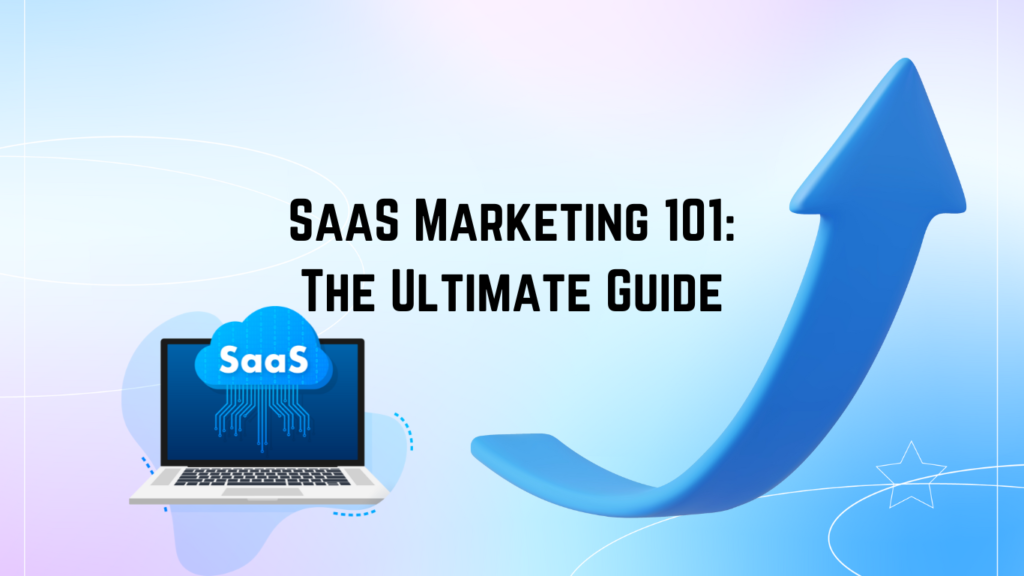
New to SaaS marketing? Don’t worry! This guide will walk you through the fundamentals, from understanding your target audience to executing multi-channel campaigns. Learn how to leverage various marketing tactics, measure ROI, and adapt to the ever-evolving digital landscape.
From understanding your target audience to crafting compelling messaging, we’ll explore the essential elements of a successful SaaS marketing campaign. Discover how to leverage various marketing channels, including content, email, social media, and paid advertising, to maximize your reach and engagement. Learn to measure and analyze your marketing efforts to gain valuable insights and optimize your strategy for continuous improvement.
What is SaaS Marketing?
SaaS marketing focuses on promoting and selling subscription-based software products. Unlike physical products, SaaS solutions are intangible, which requires a different approach to marketing. The primary goals of SaaS marketing are to attract potential customers, convert them into paying subscribers, retain them, and minimize churn.
SaaS marketing is critical because it helps businesses differentiate their products in a crowded marketplace. With a solid marketing strategy, SaaS companies can effectively reach their target audience, demonstrate the value of their software, and build a loyal customer base. The ultimate goal is to drive growth by acquiring new customers and retaining existing ones through continuous engagement and support.
Key Components of SaaS Marketing:
- Subscription-Based Model:
- SaaS products typically follow a subscription model, where users pay a recurring fee (monthly or annually) to access the software. This model emphasizes customer retention and ongoing engagement to ensure long-term revenue.
- Customer Education:
- SaaS products often come with a learning curve. Marketing efforts include educational content such as tutorials, webinars, and guides to help users understand and utilize the software effectively.
- Customer Acquisition and Retention:
- Marketing strategies aim to attract potential customers and convert them into paying subscribers. Equally important is retaining existing customers by ensuring they see continuous value in the product.
- Content Marketing:
- Creating valuable content that educates and informs potential customers is a key strategy in SaaS marketing. This can include blog posts, whitepapers, case studies, and more.
- SEO and Paid Advertising:
- Search Engine Optimization (SEO) helps in driving organic traffic to the website, while paid advertising, such as pay-per-click (PPC) campaigns, targets specific audiences to generate leads.
- Free Trials and Demos:
- Offering free trials or demos allows potential customers to experience the product before committing to a subscription. This strategy helps in building trust and showcasing the product’s value.
- Analytics and Metrics:
- Monitoring key metrics such as Customer Acquisition Cost (CAC), Customer Lifetime Value (CLV), churn rate, and Monthly Recurring Revenue (MRR) is essential for measuring the success of marketing campaigns and making data-driven decisions.
Importance of SaaS Marketing
- SaaS marketing is essential to subscription-based software companies’ success because it draws and keeps clients in a cutthroat industry.
- Customer retention is just as crucial as customer acquisition because SaaS products, in contrast to traditional software, are based on a recurring revenue model.
- Good SaaS marketing tactics emphasize user education and engagement, showcasing the software’s continuous value, and fostering enduring bonds with tailored communications.
- Data-driven insights, customized content, and strategic marketing can help SaaS organizations boost customer lifetime value, decrease attrition, and establish a sustainable development trajectory.
- Long-term success and client loyalty are also ensured by effective marketing campaigns that build brand credibility and set the product apart in a crowded market.
Conclusion
SaaS marketing plays an essential role in the success and growth of subscription-based software companies. It is not only about attracting new customers but also about engaging and retaining them to ensure long-term revenue. By implementing effective marketing strategies, such as content marketing, SEO, social media engagement, and personalized email campaigns, SaaS businesses can create a strong brand presence and build trust with their audience.
The unique nature of SaaS products requires continuous education and support to help customers realize the full potential of the software. Monitoring key metrics, optimizing campaigns, and focusing on customer success are critical components of a successful SaaS marketing plan. Ultimately, a robust SaaS marketing strategy drives growth, increases customer lifetime value, and establishes a sustainable competitive advantage in the ever-evolving digital landscape.



